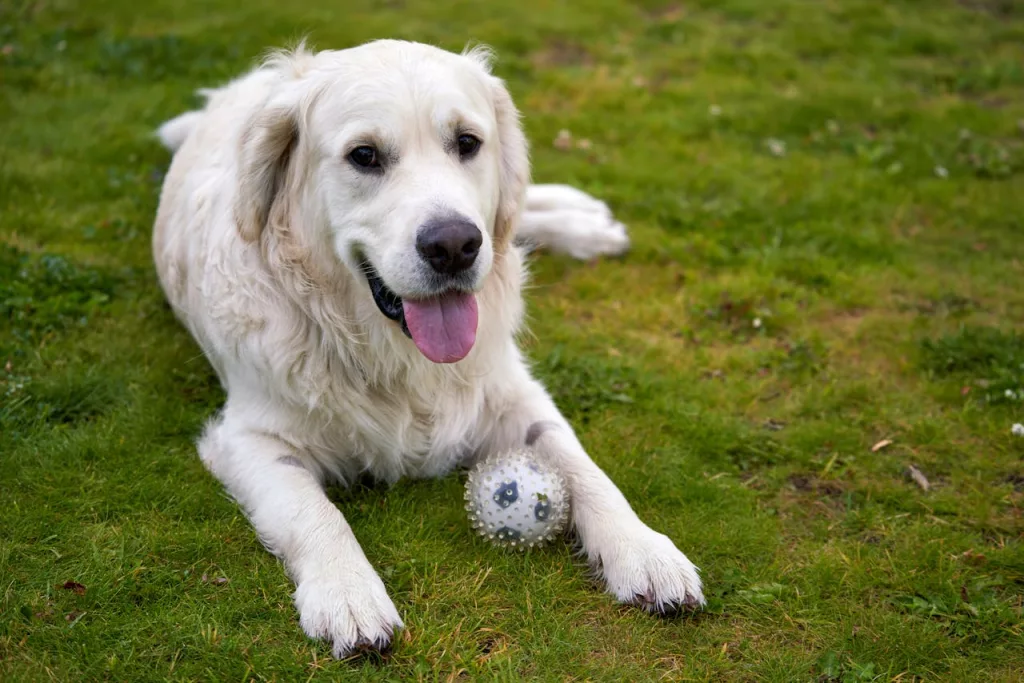Training your dog is one of the most rewarding aspects of pet ownership. A well-behaved dog not only makes life easier but also strengthens the bond between you and your furry companion. Whether you’re training a puppy or an older dog, consistency and patience are key. Here are ten essential training tips to help your dog develop good manners and become a well-behaved member of your household.
1. Start Early but Be Patient
The best time to start training is as early as possible, but it’s never too late to teach an older dog new tricks. Puppies have a natural curiosity and eagerness to learn, making early training more effective. However, older dogs can also learn with patience and consistent reinforcement.
2. Use Positive Reinforcement
Dogs respond best to positive reinforcement, which means rewarding good behavior rather than punishing mistakes. Use treats, praise, and affection to reinforce desired behaviors. This approach encourages your dog to repeat good behavior because they associate it with positive outcomes.
3. Keep Training Sessions Short and Fun
Dogs have short attention spans, especially puppies. Keep training sessions between 5 to 15 minutes to maintain their focus and enthusiasm. Incorporate playtime to keep it fun and engaging, ensuring your dog enjoys the learning process.
4. Be Consistent with Commands
Consistency is key when training your dog. Use the same commands and gestures for specific actions so your dog doesn’t get confused. For example, if you use “sit” one day and “sit down” the next, your dog may struggle to understand what you want. Stick to simple, clear commands.
5. Socialize Your Dog Early
Socialization is crucial for a well-behaved dog. Expose your dog to different people, environments, and other animals from an early age. This helps reduce fear and aggression while teaching them to be calm and friendly in new situations.
6. Avoid Harsh Punishments
Yelling or using physical punishment can harm your dog’s trust and confidence. Instead, redirect their behavior and reinforce positive actions. If your dog misbehaves, use a firm “no” or ignore unwanted behavior rather than resorting to punishment.
7. Practice Daily Training
Repetition helps reinforce good behavior. Practice training exercises daily, even if only for a few minutes. Incorporate training into daily activities, such as having your dog sit before mealtime or wait at the door before going outside.
8. Teach Basic Commands First
Start with essential commands like sit, stay, come, and leave it. These foundational skills make everyday interactions smoother and help keep your dog safe. Once your dog masters these commands, you can move on to more advanced tricks.
9. Be Patient and Stay Positive
Training takes time, and every dog learns at their own pace. Stay patient, and avoid getting frustrated if your dog doesn’t pick up a command right away. Celebrate small victories, and always end training sessions on a positive note.
10. Seek Professional Help if Needed
If you’re struggling with training or dealing with behavioral issues, consider seeking help from a professional dog trainer. A trainer can provide guidance tailored to your dog’s specific needs and help you establish effective communication.
Final Thoughts
Training your dog requires consistency, patience, and positive reinforcement. By following these tips, you can help your dog develop good manners, strengthen your bond, and create a happy and well-adjusted companion. Remember, training is an ongoing process, so keep practicing and reinforcing good behavior every day!

